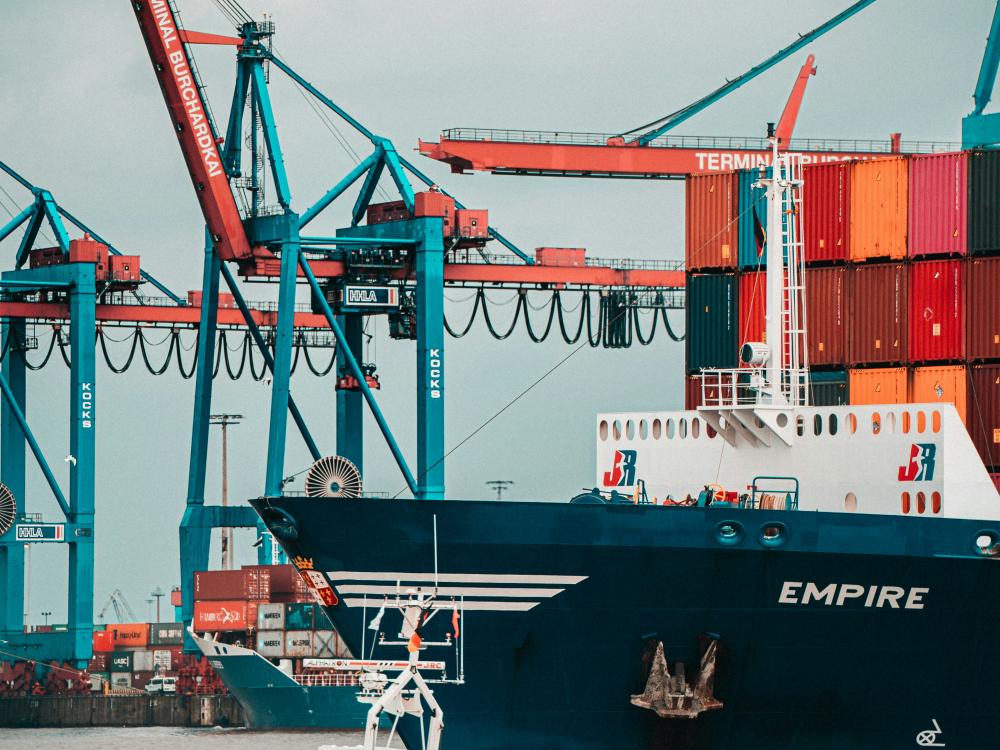The Impact of AI on Demand Forecasting in the Indian Market
In today's rapidly evolving business landscape, accurate demand forecasting is crucial for companies operating in the Indian market. With advancements in technology, Artificial Intelligence (AI) has emerged as a game-changer in this field. As an AI Engineer specializing in demand forecasting solutions, I am excited to explore the pivotal role that AI plays in shaping this dynamic landscape.
1. Enhanced Accuracy and Precision

AI-powered demand forecasting models leverage complex algorithms and machine learning techniques to analyze vast amounts of data. By considering historical sales patterns, customer behavior, economic indicators, and external factors such as seasonal fluctuations or promotions, these models generate highly accurate forecasts. This level of precision empowers businesses to optimize inventory levels, reduce costs, and improve overall operational efficiency.
2. Real-Time Insights
Traditional demand forecasting methods often suffer from delays in data processing and analysis. However, with AI-driven solutions, businesses can access real-time insights into market trends and consumer preferences. By integrating data from multiple sources like social media platforms, online reviews, or industry reports, AI algorithms provide up-to-the-minute information for more responsive decision-making. This agility enables companies to adapt quickly to changes in demand patterns and gain a competitive edge.
3. Forecasting at Scale

In the vast Indian market with diverse product categories and regional variations, manually predicting demand for each SKU or region can be a daunting task. AI comes to the rescue by enabling efficient forecasting at scale. Machine learning models can process large volumes of historical data across different segments simultaneously and deliver granular forecasts for individual products or geographical areas. This scalability helps businesses tailor their supply chain strategies and allocate resources effectively.
4. Improved Demand Sensing
AI algorithms excel in detecting subtle demand patterns that may go unnoticed by traditional methods. By analyzing intricate correlations between various data points, such as weather conditions, social events, or macroeconomic indicators, AI models can identify hidden factors influencing consumer behavior. These insights enable businesses to proactively respond to shifting market dynamics and better anticipate demand fluctuations.
5. Continuous Learning and Adaptation
One of the significant advantages of AI in demand forecasting is its ability to learn from new data and adapt over time. As the system ingests more information and encounters new scenarios, it continually refines its predictive capabilities. This iterative learning process ensures that forecasts become increasingly accurate and aligned with evolving market conditions, providing businesses with reliable insights for strategic decision-making.
AI has revolutionized demand forecasting in the Indian market by delivering enhanced accuracy, real-time insights, scalability, improved demand sensing, and continuous learning capabilities. As an AI Engineer focused on empowering businesses with cutting-edge solutions, I firmly believe that embracing AI-driven forecasting techniques will unlock immense growth opportunities for companies operating in India's dynamic business environment.




















